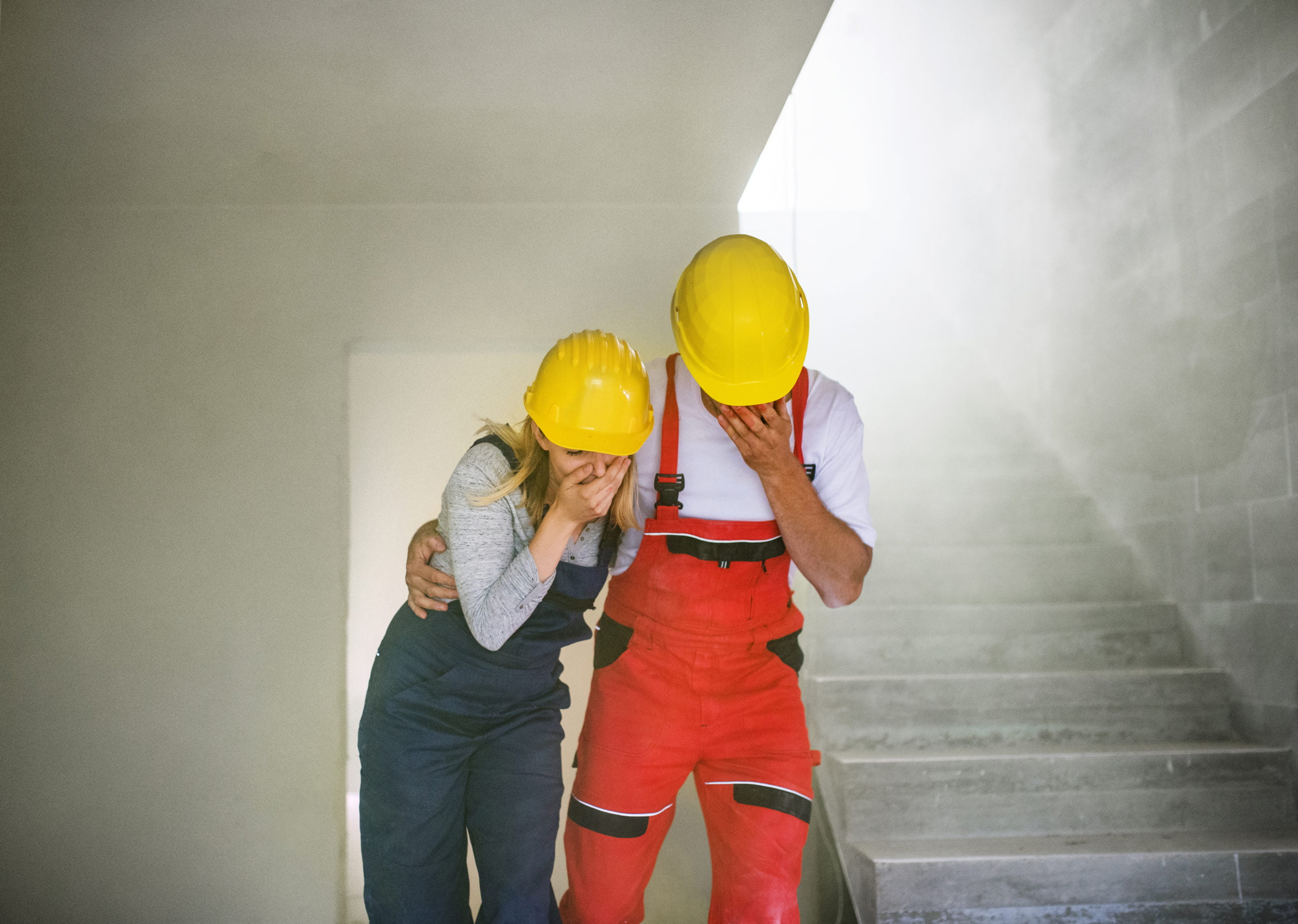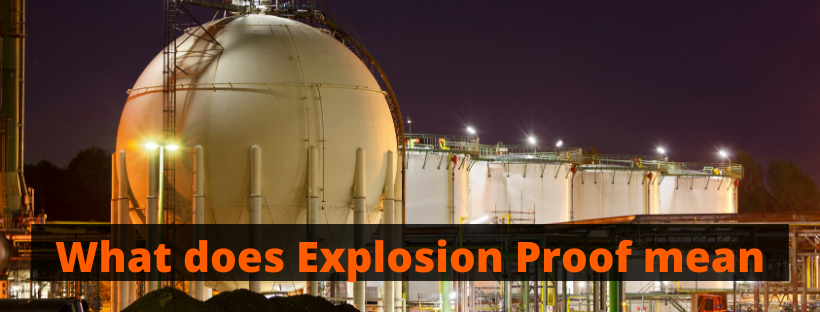Your understanding of Explosion-Proof (Ex) in the world of intrinsically safe and Hazardous materials may be wrong. You see, for a regular person, Ex-Proof means it can withstand an ignition or a blast from an outside source. In other words, something similar to what the military uses today. However, there’s more to Ex-Proof and its definition than what many understand it to be.
What is Explosion-Proof?
In hazardous areas, Ex-Proof means it will contain any detonation originating within the housing and prevent sparks within the housing from igniting vapors, gases, dust, or fibers in the air surrounding it.
An “Explosion-Proof“ classified sensor/transmitter contains housing that has been engineered and constructed to suppress a flash or discharge. Ex-Proof housing contains either cast aluminum or stainless steel, with sufficient mass and strength to subdue ignition, should flammable substances penetrate the internal electronics. Additionally, the design prevents surface temperatures from exceeding levels that ignite the gases or vapors covered by its Group rating.
The National Electrical Code (NEC), National Fire Protection Association (NFPA), and Underwriters Laboratories (UL) published a guide along with codes that categorize hazardous areas into classes, divisions, and zones.
How does an explosion occur?

The “Combustion” or “Fire” Triangle classifies hazardous locations in the Ex-Proof industry. A source of fuel (explosive gases, liquids, or vapors), ignition (fire, spark, or explosion), and oxygen must be present in the appropriate consistencies for an explosion to occur. Our Explosion-Proof Enclosures & Systems operate to prevent these three criteria from mixing. Thus, the enclosure prevents hazards such as explosions from occurring and affecting the surrounding environment.
Fuel — are flammable or combustible materials and can be gases, liquids or solids.
Heat — are ignition sources that include open flames, lit cigarettes, and sparks (such as from electrical current and static electricity shorts). A chemical reaction that creates heat can also ignite a fuel and oxygen mixture.
Oxygen — The most common source of oxygen is air, but oxygen can also come from chemicals called oxidizers. For example, common oxidizers are types of chemicals such as chlorine, chlorine dioxide, potassium permanganate, and potassium chlorate.


























